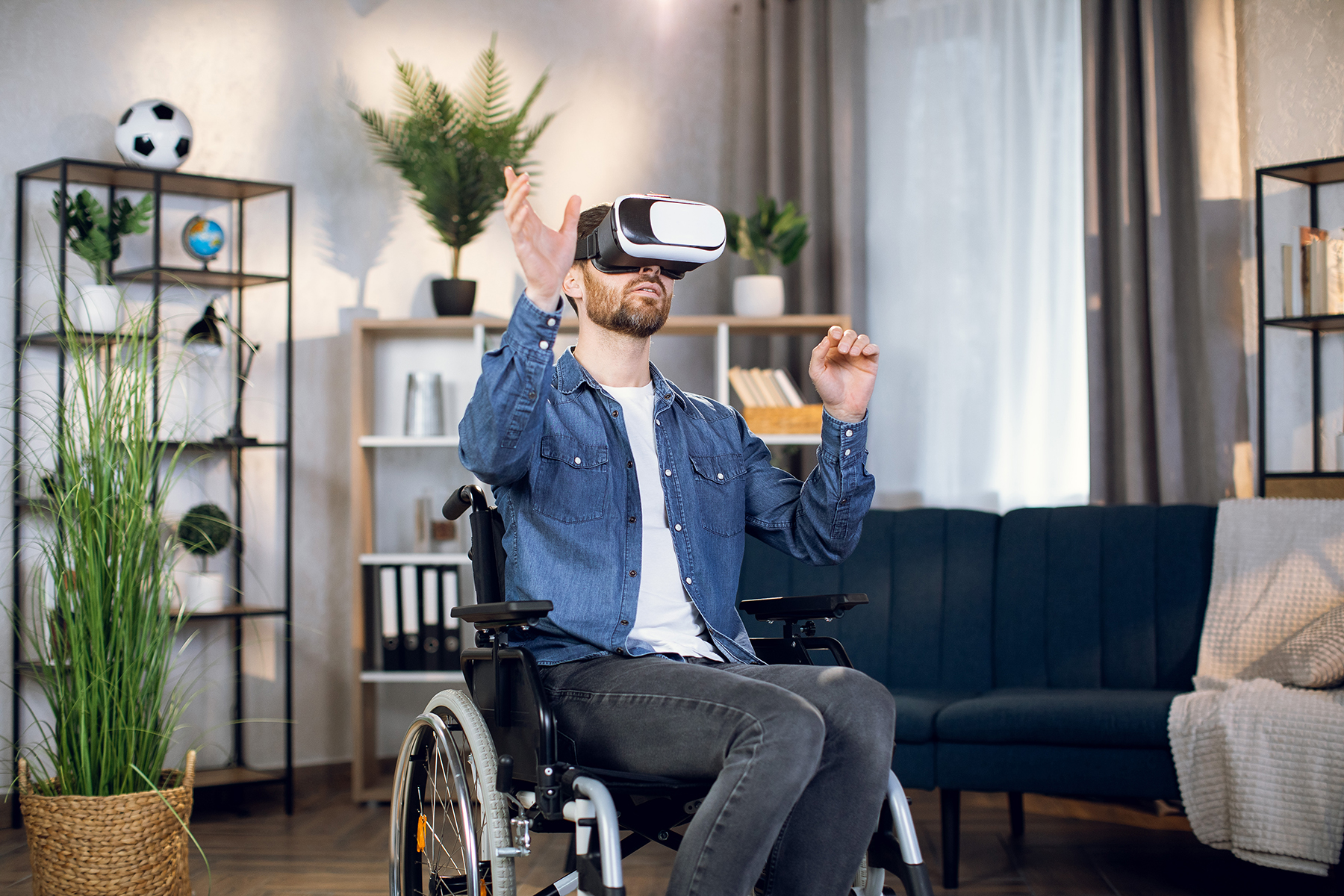Disability services in Australia are undergoing a revolutionary transformation, thanks to the National Disability Insurance Scheme (NDIS).
The NDIS is a government-funded initiative that aims to provide better access to disability services and support for people with disabilities.
However, innovation is also playing a significant role in redefining disability services, and it’s changing the lives of people with disabilities for the better.
Innovation in Assistive Technologies to Redefine Disability Services
Innovation is all about finding new and better ways to solve problems. It’s about thinking outside the box and finding creative solutions to challenges that have been around for years. In the context of disability services, innovation is about finding new ways to support people with disabilities, improving their quality of life, and giving them greater independence.
One of the most significant ways that innovation is transforming disability services is through technology. Assistive technology, such as wheelchairs, hearing aids, and communication devices, has been around for years. However, recent advances in technology are taking assistive devices to the next level.
Smart Home Systems
For example, there are now smart home systems that can be controlled through voice commands or an app on a smartphone or tablet. These systems allow people with disabilities to perform tasks and control various aspects of their home environment, such as lighting, temperature, and security that would otherwise be difficult to do on their own. This technology not only makes life easier for people with disabilities, but it also gives them more independence and control over their lives.
Mobility Assistance
In the area of mobility assistance, innovation is having a significant impact as well. Traditional wheelchairs and mobility scooters are often heavy, bulky, and can be difficult to transport. However, new advances in technology are making mobility aids more lightweight, compact, and versatile. For example, there are now foldable power wheelchair devices that can be easily transported in a car trunk, or even carried on a plane. There are also electric bikes and scooters that can be used by people with mobility impairments, providing greater freedom and independence. This helps not just people living with disabilities, but makes life much easier for their family members and carers as well.
Virtual Reality (VR)
Another way that innovation is transforming disability services is through virtual reality (VR) technology. VR has the potential to revolutionise therapy and rehabilitation for people with disabilities. For example, VR can be used to simulate real-life scenarios, such as crossing a busy street or navigating a busy shopping centre. This can improve an individual’s functioning and independence, helping people with disabilities develop their confidence and independence in a safe, controlled environment.
Online Platforms for Employment Opportunities
Innovation is also playing a role in providing a broad range of employment opportunities for people with disabilities. There are now online platforms that connect people with disabilities to remote work opportunities, such as freelance writing, graphic design, or customer service. This not only provides valuable income for people with disabilities, but it also helps to break down barriers to employment.
National Disability Insurance Scheme (NDIS) Online Portal Supports People Living with Disabilities
The National Disability Insurance Scheme has an online portal that allows people with disabilities to manage their funding, find service providers, and access resources. This portal has made it much easier for people with disabilities to access the services they need and to manage their support.
Innovation is also changing the way disability services are delivered. For example, telehealth services are becoming increasingly popular. Telehealth allows people with disabilities to access healthcare services remotely, without having to travel to a healthcare facility. This technology is particularly beneficial for people who live in remote areas or who have mobility issues.
The NDIS is transforming disability services in Australia, but innovation is also playing a crucial role in redefining disability services.
Technology, online platforms, and new service delivery models are improving the lives of people with disabilities, giving them greater independence and control over their lives and improving their well-being.
As we continue to embrace innovation, we can look forward to a future where disability services are even more inclusive, accessible, and empowering.
Reach out and speak to one of our experts for further information on the positive impact of high-tech assistive technology products in supporting the disability sector.




